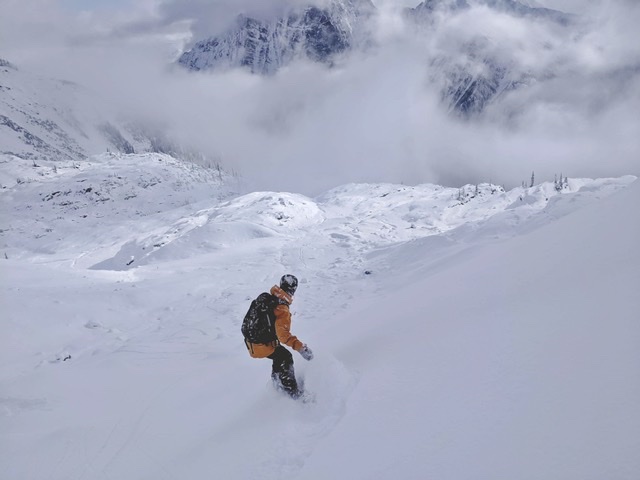THE INCREASED DANGER OF EVEREST
This year marked the 25th anniversary of one of the most lethal years in Mount Everest’s climbing history. The 10th of May 1996 saw the death of 8 climbers that were caught by a heavy storm as they descended from their summit push, leaving the mountain community rattled for many years to come.
In the last quarter century, the popularity of Everest hasn’t diminished, and base camp will host over a thousand people during the peak climbing season. The mountain only really has a small window of about two weeks of fair weather in May when it is safest to push the full climb, which has encouraged a total of up to 800 people trying to summit the peak in a day.
Heavy traffic, small windows of opportunity, high altitude and harsh weather makes climbing Mount Everest a potentially disastrous endeavour. Although expedition companies are constantly working to make their trips safer, a recent scientific expedition supported by National Geographic found information that shows the mountain may actually get more dangerous over time.

The scientific team spent months collecting and analyzing samples of ice, snow, water and rock across many elevations across the mountain. Their data shows that Everest is not impervious to the climate crisis, and in fact, is warming faster than most places. As the snow melts and the mountain loses ice, meltwater flows around existing ice sheets and may cause them to shift and trigger avalanches. Researchers found toxic chemicals like cadmium and lead in the glacial meltwater, and micro plastics in the snow samples taken just 500 metres from the summit.
Five new weather stations were also installed across the mountain by the scientific expedition though, and new data from the stations will help make more accurate short-term weather forecasts and climate predictions to improve the safety of climbing teams on the mountain. As COVID-19 has postponed any follow-up opportunities to the expedition however, there is no new information regarding their performance as of yet.
If you’d like to read more about the mission to Everest in May 1996 as well as current scientific efforts being made to understand human impact on the mountain, have a read through this article.









